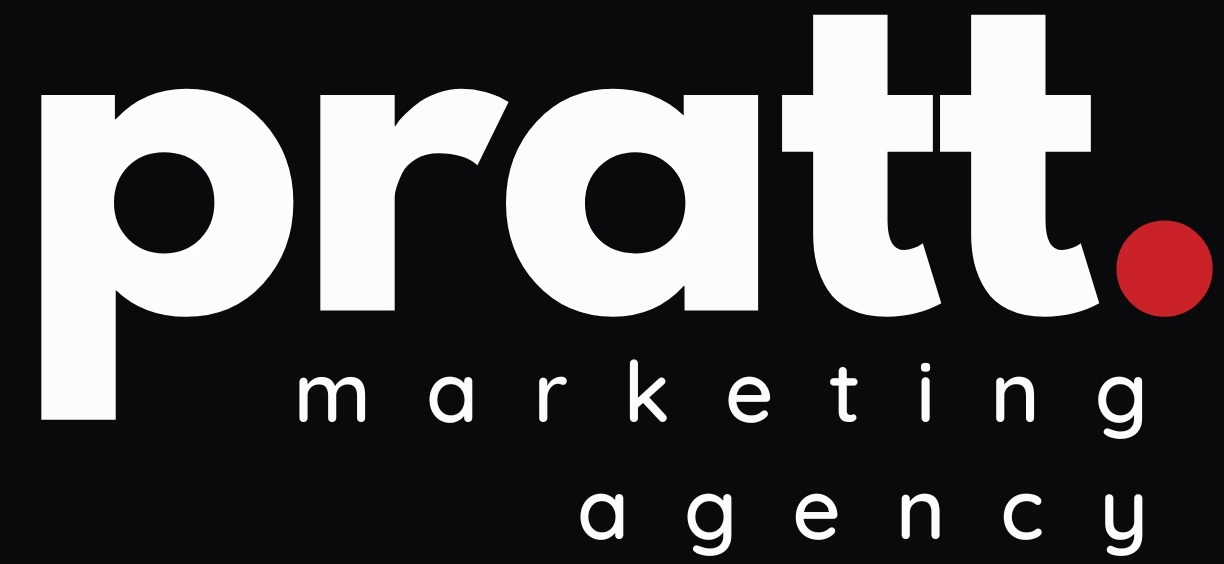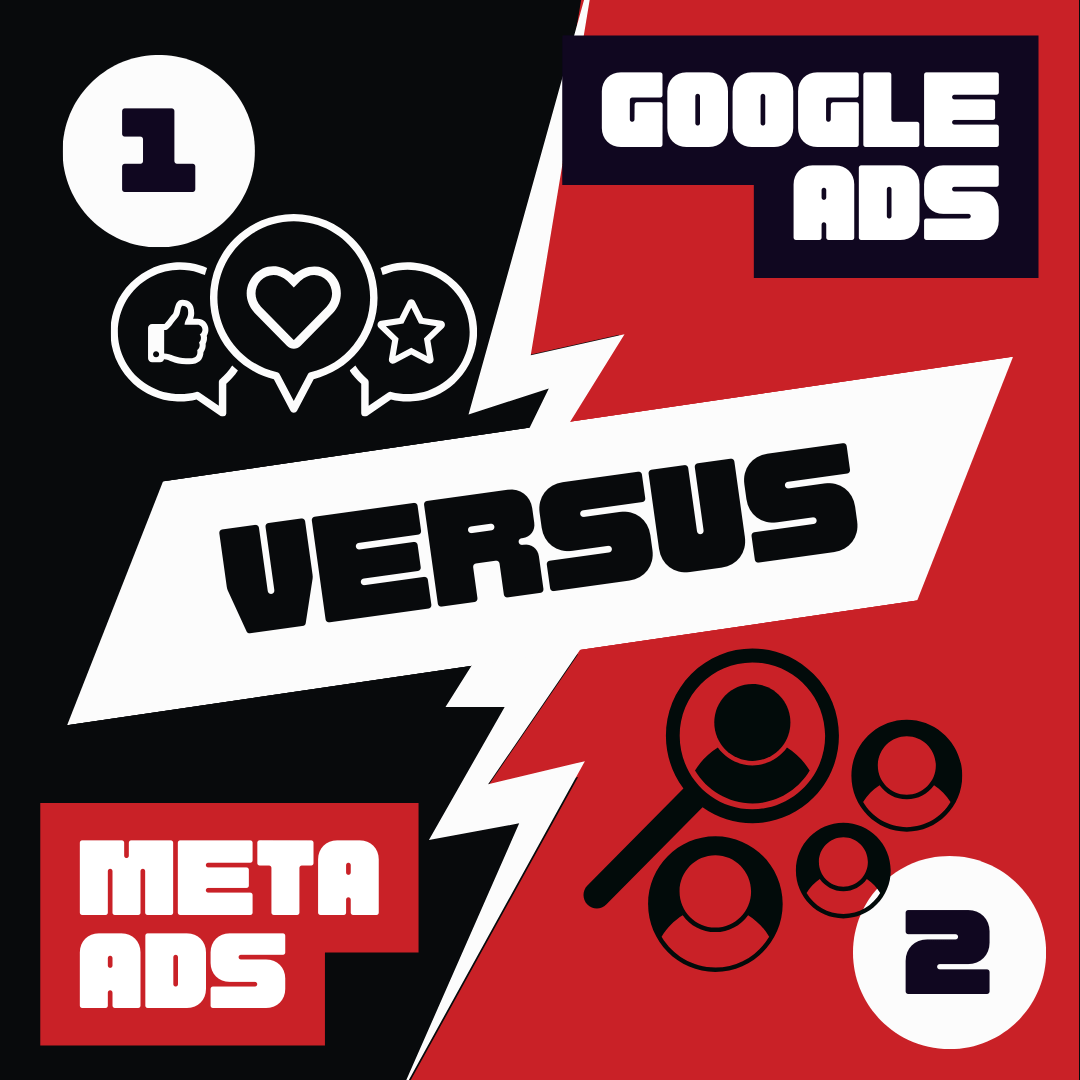The digital advertising landscape is a complex ecosystem, with countless platforms vying for your attention and budget.Two of the biggest players in this arena are Google Ads and Meta Ads (formerly Facebook Ads).
While both offer powerful tools to reach your target audience, they cater to different stages of the customer journey and have distinct strengths. So, which one is right for your business? Let’s dive in.
Understanding Your Goals
Before we compare the two, it’s essential to define your business objectives. Are you looking to drive immediate sales,generate leads, or build brand awareness? Understanding your goals will help you determine which platform aligns best with your strategy.
Google Ads: Capturing Search Intent
Google Ads is primarily a search-based advertising platform. When users search for products or services related to your business on Google, your ad can appear at the top of the search results page. This makes Google Ads ideal for businesses with a clear product or service offering that people are actively seeking.
Pros:
- High purchase intent: Users searching for specific products or services are likely ready to buy.
- Measurable results: Google Ads provides detailed performance metrics, making it easy to track ROI.
- Extensive targeting options: Keyword-based targeting allows precise audience segmentation.
Cons:
- Can be expensive: Competition for top ad spots can drive up costs.
- Requires ongoing optimization: Keywords and bids need constant adjustment.
Meta Ads: Building Brand Awareness & Engagement
Meta Ads (encompassing Facebook, Instagram, and other Meta platforms) focus on social media advertising. This platform is excellent for building brand awareness, engaging with your audience, and reaching a wider demographic.
Pros:
- Visual focus: Ads can be highly creative and visually appealing.
- Diverse audience: Access to a vast user base across different platforms.
- Retargeting capabilities: Engage users who have previously interacted with your brand.
Cons:
- Lower purchase intent compared to Google Ads: Users on social media may not be actively searching for products.
- Complex targeting options: Requires a deep understanding of platform demographics and interests.
Which One Should You Choose?
The truth is, there’s no one-size-fits-all answer. Many businesses find success by using both Google Ads and Meta Ads in tandem. Here’s a general guideline:
- Focus on immediate sales and conversions: Google Ads is likely your best bet.
- Prioritize brand awareness and audience engagement: Meta Ads can be more effective.
- Want to reach a broad audience with diverse interests: Meta Ads offer a wider reach.
- Need to target users with specific search intent: Google Ads is more precise.
The Power of Synergy
While Google Ads and Meta Ads have their strengths, they can also complement each other. Consider these strategies:
- Cross-platform remarketing: Target users who have interacted with your brand on one platform with ads on the other.
- Consistent messaging: Maintain a cohesive brand voice and messaging across both platforms.
- Integrated analytics: Utilize both platforms’ analytics tools to gain insights into customer behavior.
Ultimately, the best approach is to experiment and find what works best for your business. By carefully considering your goals, audience, and budget, you can create a winning advertising strategy that leverages the strengths of both Google Ads and Meta Ads.
Remember, the digital landscape is constantly evolving. Stay updated on the latest trends and platform updates to optimize your advertising efforts.
Ready to Maximize Your Ad Spend? Unlock the full potential of Google Ads and Meta Ads with our expert guidance.
Still unsure which platform is right for your business? Our digital marketing experts can help you create a customized strategy that drives results. Let’s work together to achieve your advertising goals.


 Dave Pratt’s STAR WorldWide Networks & Agency is one of the fastest growing digital media producers, distributors and marketing agencies in the nation. Our agency offers full-service media and digital marketing services to hundreds of companies worldwide...
Dave Pratt’s STAR WorldWide Networks & Agency is one of the fastest growing digital media producers, distributors and marketing agencies in the nation. Our agency offers full-service media and digital marketing services to hundreds of companies worldwide...
0 Comments